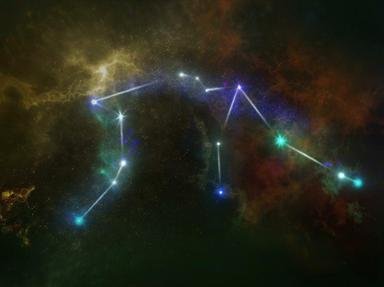
Google Maps Has No Dragons Trivia Quiz
Ordering the Chinese Zodiac
Though superficially similar to the Western one, the Chinese zodiac has its own unique features, rooted in the philosophy and culture of that vast country. Can you put the list of Chinese zodiac animals into the correct order?
An ordering quiz
by LadyNym.
Estimated time: 3 mins.